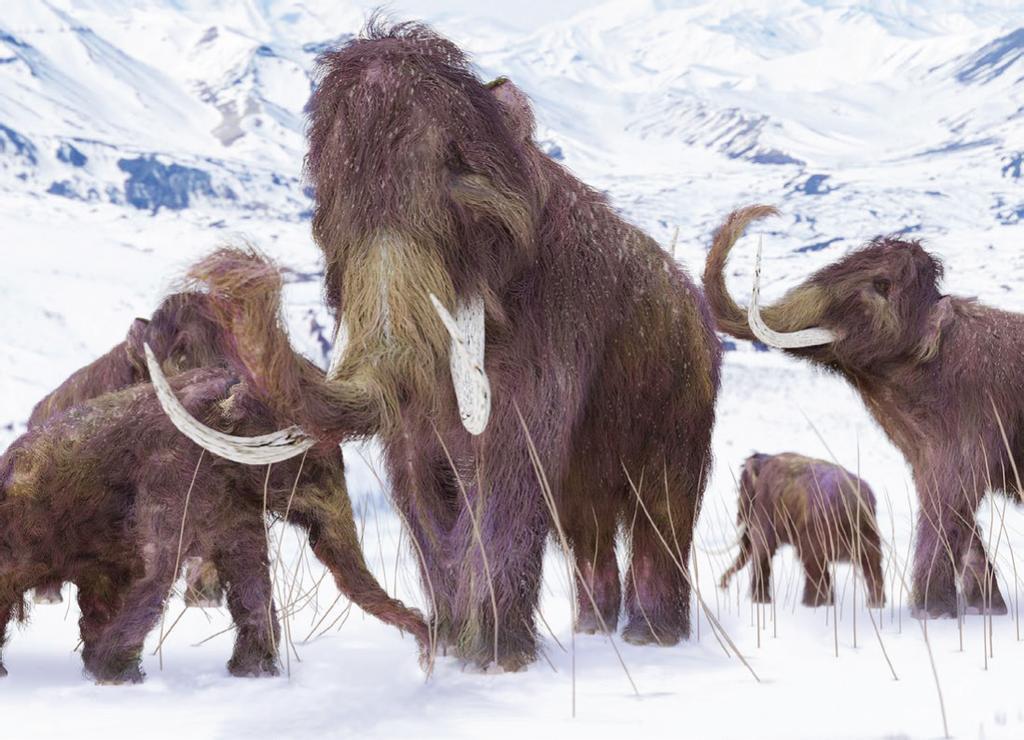Ice age timing and duration prediction are always based on estimation but new studies accurately predict the duration of the ice age in the Pleistocene era.
Earth has various seasonal changes due to Earth’s rotation on its axis and it causes Earth to tilt towards the sun. The gravitational interaction between the sun, moon earth, and other solar system Earth has experienced changes in its orientation over the eons.
The seasonal changes and the distribution of sunlight have significant changes on Earth’s climate and on the glacial expansion. The new study could accurately predict the time of ice age in the Pleistocene era.
The Japanese research team has used the computer model to study the cycle of the glacial periods (Ice Age) during the Pleistocene Epoch (1.6 to 1.2 million years ago) which confirmed the astronomical forces were responsible.
Know About the Ice Age Period in the Early Pleistocene
The warming and cooling effects are known as the interglacial-glacial ( Ice-age) periods. The interesting change is glacial-interglacial cycle has become slower with time.
For the past 450,000 years, Earth’s glacial-interglacial cycle has had a period of about 100,000 years with glacial periods lasting between 70 to 90 thousand years and interglacials lasting 10,000. However in the early Pleistocene (from 1.6 to 1.2 million years ago) the ice age cycle lasted for about 40,000 years.
The team of researchers from the Atmosphere and Ocean Research Institute (AORI) at the University of Tokyo, The Meteorological Research Insititute (MRI-JMA), the National Institute of Polar Research (NIPR), the Japan Agency for Marine-Earth Science and Technology, the Centre for Computational Astrophysics (CfCA-NAOJ) and the Planetary Exploration Research Centre (PERC-CIT) studied about the astronomical impact on the ice age of the Pleistocene Epoch.
Takashi Ito, a researcher from the CfCA reproduces the Pleistocene Epoch era interglacial-glacial cycle simulation model and successfully defines that the astronomical forces are behind the changes in the cycle at that time.
From their studies, they concluded from their simulation studies that reveal the three salient facts about the mechanism that governs climate change.
These three salient features are -:
- The small variation in the earth’s axis orientation and the orbit of the earth have a deterministic effect on the glacial cycle.
- The inter-glacial period is affected by the earth’s axis orientation and the position of the summer solstice in the earth’s orbit at Perihelion.
- The duration of the interglacial period is affected by both changes in the Earth’s spin axis orientation and the position of the summer solstice.
This study could have significant importance on the glacial-interglacial cycles on the evolution of life here on Earth and also have implications for the study of extrasolar planets and the search for life.




